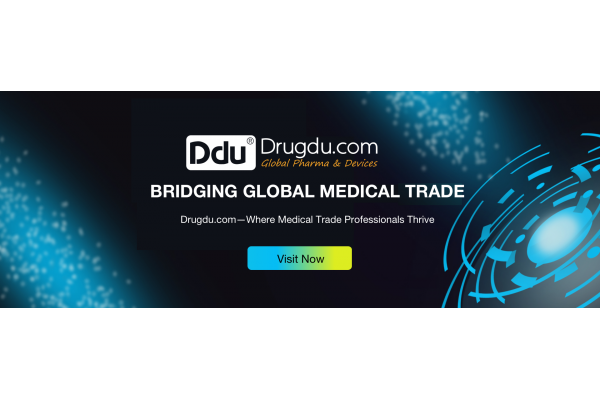【EXPERT Q&A】Why do drugs need to have a patent protection period?
June 30, 2025
Source: drugdu
 177
177
Drugdu.com expert's response:
The reasons for setting a patent protection period for pharmaceuticals mainly include the following aspects:
I. Encouraging Innovation and Research Investment
High Risks and Costs: Pharmaceutical research and development (R&D) is a lengthy, complex, and costly process. It often takes several years or even decades from drug discovery, preclinical research, clinical trials to eventual market launch, and involves substantial financial investment. For instance, data indicates that the cost of developing a new drug can amount to hundreds of millions of US dollars or more.
Patent Incentives: The patent protection period grants pharmaceutical developers exclusive market rights, enabling them to recoup R&D costs and generate profits through drug sales within a specified timeframe. This incentive mechanism encourages enterprises to invest more resources in new drug R&D, thereby driving innovation and development in the pharmaceutical industry.
II. Ensuring Drug Quality and Safety
Stringent Regulation: The R&D, production, and sale of pharmaceuticals are subject to rigorous regulatory oversight. The patent protection period ensures that the intellectual property rights of pharmaceutical developers are protected during the R&D process, thereby encouraging enterprises to adhere to strict R&D standards and procedures to ensure drug quality and safety.
Avoiding Premature Competition from Generic Drugs: During the patent protection period, other enterprises are prohibited from producing generic versions of the drug. This prevents potential quality and safety issues associated with generic drugs that may arise due to differences in manufacturing processes and quality control.
III. Promoting Sustainable Development of the Pharmaceutical Industry
Balancing Interests: The patent protection period balances the interests of pharmaceutical developers with the public's health needs. After the expiration of the patent protection period, generic drugs can enter the market, reducing drug prices and improving drug accessibility. This balancing mechanism contributes to the sustainable development of the pharmaceutical industry.
Technology Transfer and Sharing: The patent protection period also facilitates the transfer and sharing of pharmaceutical R&D technologies. During this period, enterprises can share R&D outcomes with other companies through technology transfer, collaborative R&D, and other means, driving progress across the entire industry.
IV. International Conventions and Legal Requirements
International Treaties: Many countries have joined international conventions related to patent protection, such as the Agreement on Trade-Related Aspects of Intellectual Property Rights (TRIPS Agreement). These treaties require member countries to provide patent protection for innovative products like pharmaceuticals.
Legal Safeguards: The patent protection period offers legal safeguards for pharmaceutical developers, enabling them to defend their rights through legal means in the face of infringement.

By editor
Read more on
- 【EXPERT Q&A】What are the requirements for quality management in medical device production? January 7, 2026
- 【EXPERT Q&A】What are the requirements for the production of Class I medical devices? January 5, 2026
- 【EXPERT Q&A】What qualifications does a medical device company need to obtain? January 2, 2026
- 【EXPERT Q&A】What Do Class I, II, and III Medical Devices Specifically Refer to in the Classification of Medical Devices? What Are the Classification Bases? December 31, 2025
- 【EXPERT Q&A】What are the main testing standards for medical devices? December 29, 2025
your submission has already been received.
OK
Subscribe
Please enter a valid Email address!
Submit
The most relevant industry news & insight will be sent to you every two weeks.



